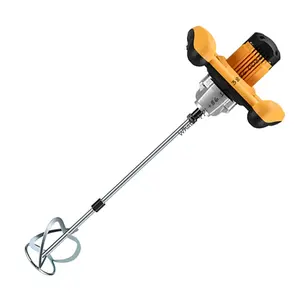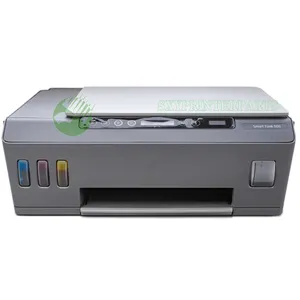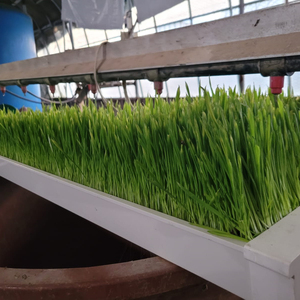Popular in your industry
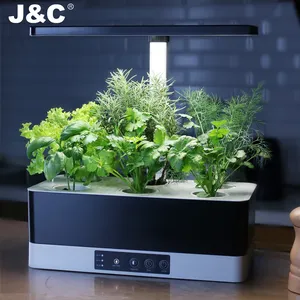
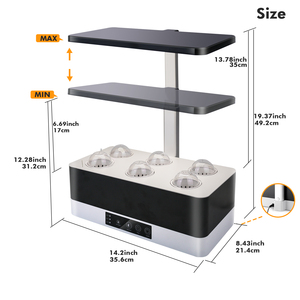

























































Related Searches:














































































































































Top categories
About hydroponics system
Hydroponic farming takes traditional agriculture and elevates it by cultivating plants in a soilless medium. The hydroponics system is the backbone of this modern farming approach, offering a controlled environment where essential plant nutrients are directly delivered to the roots. This type of hydroponic agriculture is widely embraced by individuals due to its ease of use and high efficiency. The hydroponics system is commonly used to grow various plants like flowers, herbs, fruits, and vegetables. The plants grow in a soil-free environment, allowing for improved growth and nutrient absorption compared to traditional soil cultivation. This method is becoming increasingly popular for hydroponic farming at home due to its ability to produce bountiful harvests in limited spaces.
Types of hydroponics system
Hydroponics systems come in various types, each with its unique features and advantages. The most common types of hydroponic systems are the nutrient film technique (NFT), deep water culture (DWC), ebb and flow (or flood and drain), and drip hydroponic system. The nutrient film technique, or NFT, uses a thin film of nutrient solution that continuously flows over the plant roots. This system is efficient in water and nutrient usage but requires a constant flow of the solution. The deep water culture system, or DWC, submerges the plant roots in a nutrient-rich solution. It is simple and cost-effective, making it popular for beginners in hydroponic cultivation. The ebb and flow system periodically floods the plant roots with the nutrient solution and then drains it, providing oxygen to the roots. The drip hydroponic system delivers a controlled amount of nutrient solution directly to the plant roots through a network of tubes and emitters. This system is versatile and allows for precise nutrient management.
Components of a hydroponics system
The hydroponics system comprises several key components that work together to create an optimal environment for plant growth. The reservoir is where the nutrient solution is stored and circulated throughout the system. The reservoir is often equipped with a pump and an air stone to ensure proper nutrient distribution and oxygenation. The growing tray or channel holds the plants in place, allowing their roots to come in contact with the nutrient solution. Growing mediums such as rockwool, perlite, or coconut coir provide support to the plants and help maintain moisture. The water pump is responsible for circulating the nutrient solution, ensuring that all plants receive an adequate amount of nutrients. The air pump and air stone oxygenate the nutrient solution, preventing root rot and promoting healthy root development. Additionally, a pH meter and electrical conductivity (EC) meter are used to monitor and adjust the pH and nutrient levels in the solution, ensuring optimal growing conditions for the plants.
Advantages of using a hydroponics system
The hydroponics system offers numerous advantages that make it an attractive option for modern agriculture. The controlled environment allows for year-round cultivation, regardless of external weather conditions, maximizing crop production. Additionally, the soilless nature of hydroponics eliminates the risks of soil-borne diseases and pests, reducing the need for pesticides and herbicides. The efficient use of water, with some systems using up to 90% less water than traditional soil cultivation, makes hydroponics a sustainable and water-saving farming method. Furthermore, the ability to precisely control nutrient delivery enables plants to grow faster and produce higher yields. This is particularly beneficial in urban areas and arid regions where traditional agriculture may be challenging. Lastly, the scalability and adaptability of hydroponic systems make them suitable for various settings, from home gardens to large commercial operations.

